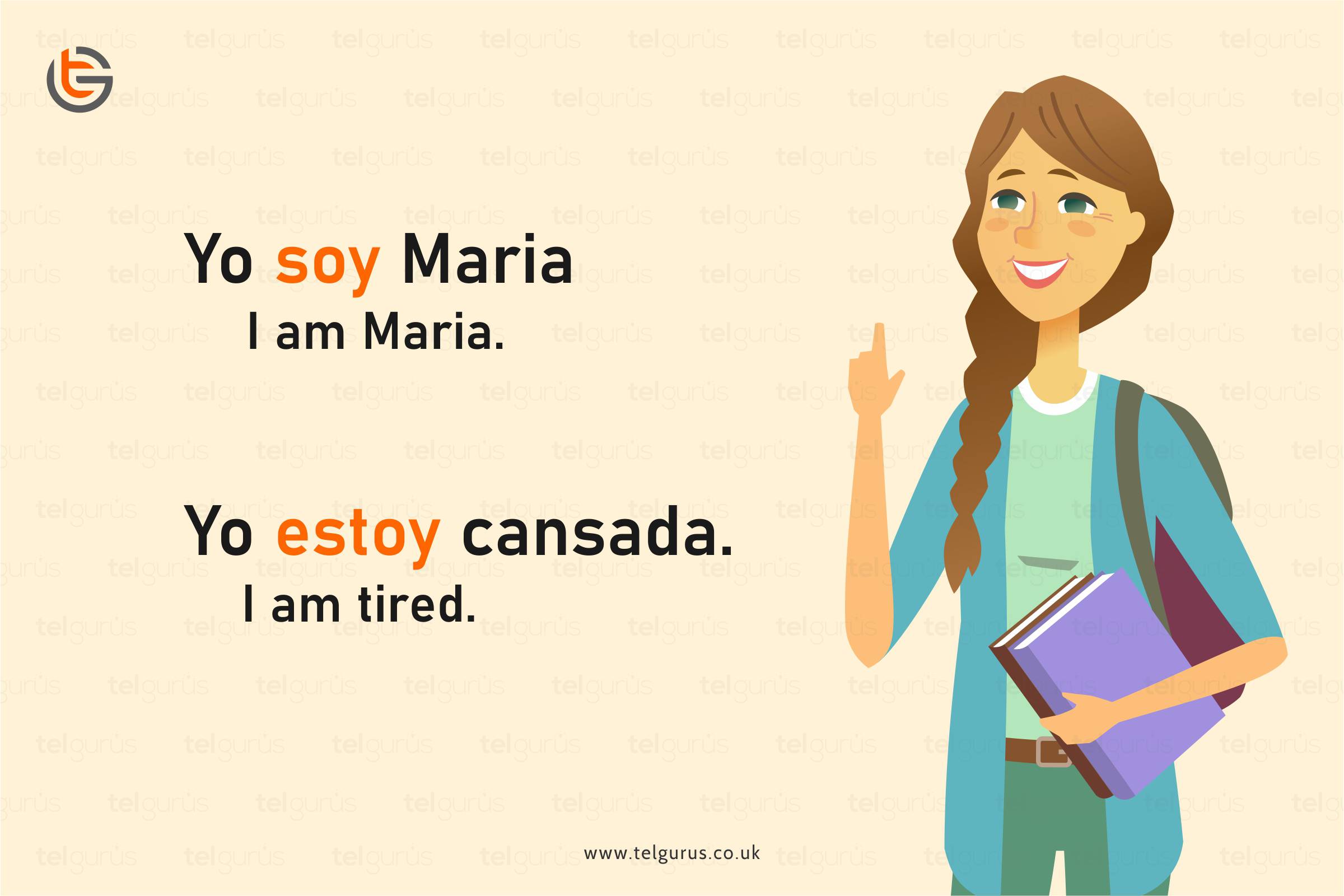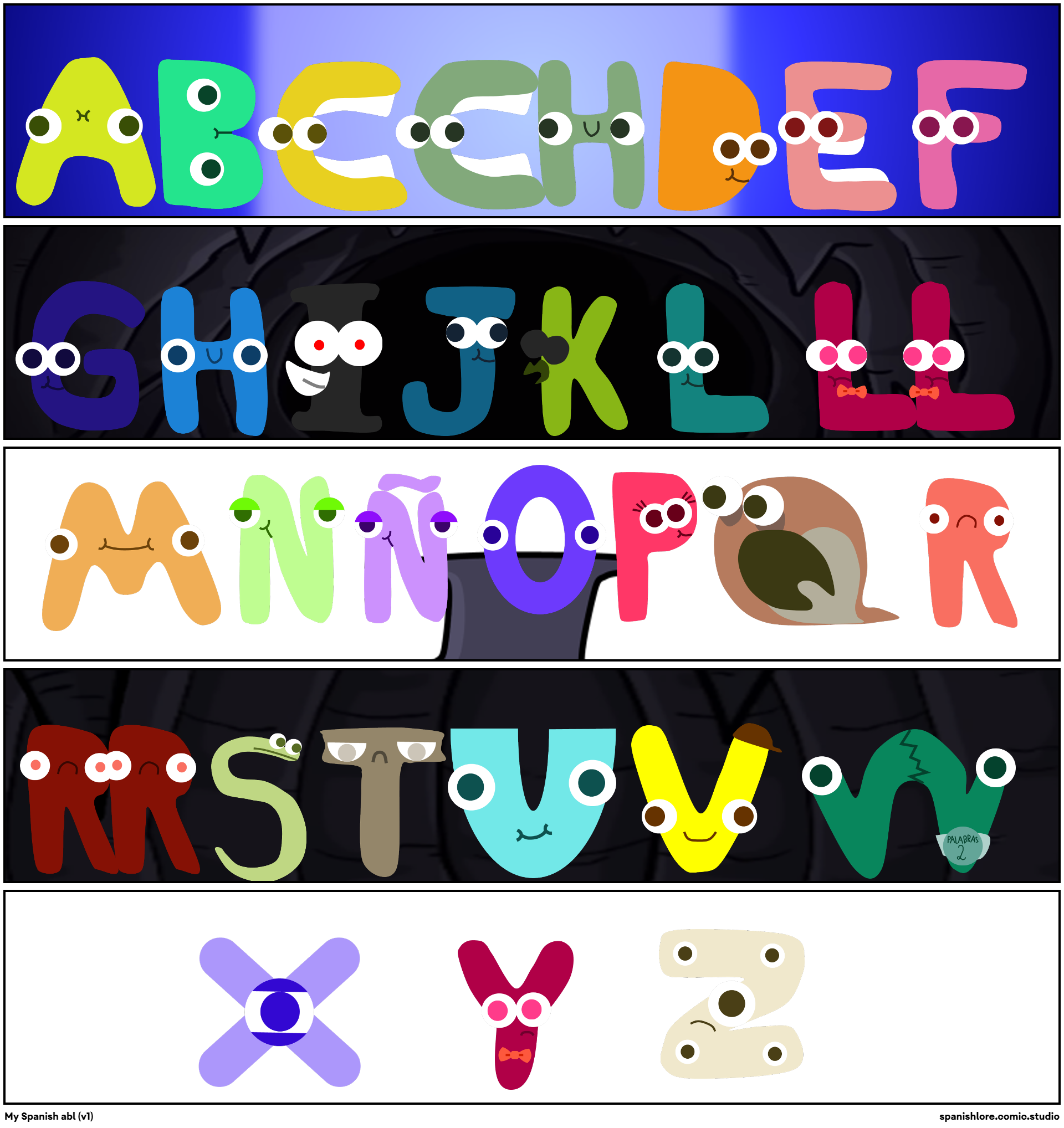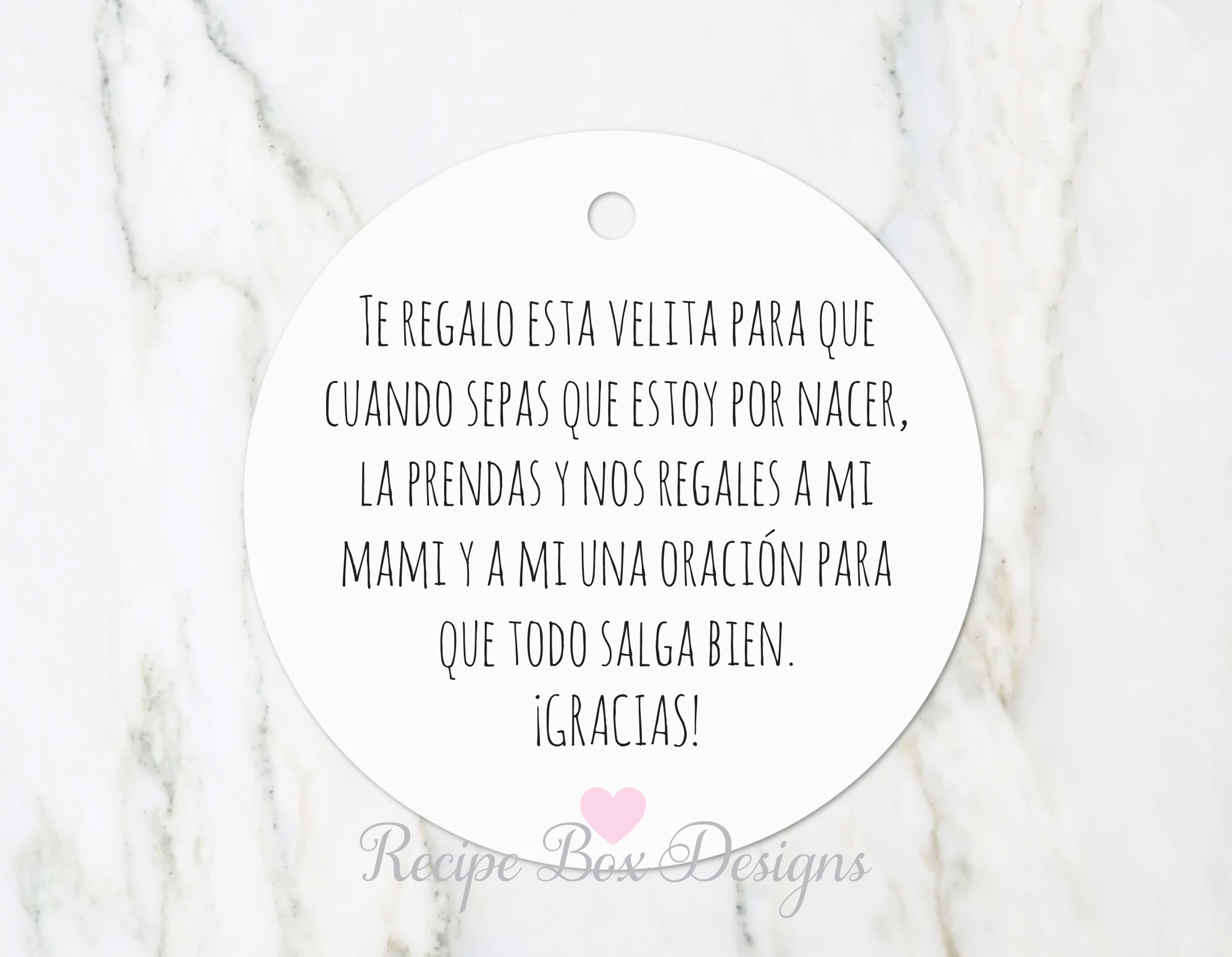Estoy In Spanish: Meaning And Usage
In the realm of Spanish vocabulary, there lies a versatile verb that serves as the foundation for describing one’s current state or location—the verb “estoy”. Whether you’re expressing your physical presence, emotional condition, or even your opinion, understanding the nuances of “estoy” is crucial for effective communication in Spanish.

What is the difference between soy and estoy? | English Questions – Source telgurus.co.uk
The Challenges of Estoy In Spanish: Meaning And Usage
Mastering “estoy” can pose its fair share of challenges for Spanish learners. Its ability to convey a wide range of meanings, along with its conjugation according to the speaker’s person and tense, can be a bit daunting. Additionally, the concept of “estar” (to be) in Spanish differs slightly from its English counterpart, further adding to the complexities.
Estoy In Spanish: Meaning And Usage
At its core, “estoy” means “I am.” However, beyond its literal translation, it serves a multifaceted role in expressing various states of being. For example, “estoy aquí” translates to “I am here,” indicating physical location. “Estoy bien” means “I am fine,” conveying an emotional state. And “estoy de acuerdo” translates to “I agree,” expressing an opinion.

Ya in Spanish: Meaning and Usage – Spanish Via Skype – Source spanishviaskype.com
The Essence of Estoy In Spanish: Meaning And Usage
In essence, “estoy” provides a versatile means of describing one’s current situation. It allows speakers to convey their physical presence, emotional state, and opinions in a clear and concise manner. By mastering its various uses, learners can enhance their conversational fluency and effectively express themselves in Spanish.
Estoy In Spanish: Meaning And Usage – A Personal Experience
Estoy In Spanish: Meaning And Usage
When I first encountered the verb “estoy” in my Spanish studies, I was immediately struck by its multidimensional nature. Prior to learning about its diverse meanings, I had only associated it with physical location, such as “I am in the park.” However, as I delved deeper into the language, I discovered that “estoy” extended far beyond mere physical presence.

I recall a particular conversation with a native Spanish speaker where I enthusiastically exclaimed, “Estoy muy feliz!” (I am very happy!). It was then that I realized the power of “estoy” to express emotions, opinions, and even temporary states. The versatility of this verb opened up new possibilities for me in expressing myself fully and authentically in Spanish.

Black and White Ornamental Tattoo Design – Source www.pinterest.com
Estoy In Spanish: Meaning And Usage – Historical and Mythological Context
Estoy In Spanish: Meaning And Usage
The verb “estoy” has a rich history and mythological background that adds depth to its significance in Spanish culture. In ancient times, the concept of “estar” (to be) was closely intertwined with the idea of existence and the divine. The phrase “estoy aquí” (I am here) held profound spiritual implications, representing one’s presence in both the physical and metaphysical realms.

In Spanish mythology, the verb “estoy” appears in creation narratives, where it symbolizes the emergence of beings from the void. The myth of the goddess Ix Chel, for example, recounts her transformation from a primordial sea goddess to a celestial deity, using the phrase “estoy en el cielo” (I am in heaven).

My Spanish abl (v1) – Comic Studio – Source comic.studio
Estoy In Spanish: Meaning And Usage – Hidden Secrets
Estoy In Spanish: Meaning And Usage
Beyond its literal and historical significance, the verb “estoy” holds hidden secrets that reveal its profound impact on Spanish language and culture. In certain contexts, “estoy” can convey a sense of permanence or stability, as in the phrase “estoy casado” (I am married). Conversely, it can also express transience or impermanence, as in the saying “estoy de paso” (I am passing through).

The hidden secrets of “estoy” extend to its use in idioms and colloquial expressions. For instance, the phrase “estoy frito” (I am fried) is a humorous way to describe exhaustion, while “estoy en las nubes” (I am in the clouds) conveys a state of dreamy bliss.

Usage | APMLINK IT SOLUTIONS | Internet Service Provider – Source portal.apmlink.net
Estoy In Spanish: Meaning And Usage – Recommendations
Estoy In Spanish: Meaning And Usage
To truly master the verb “estoy” in Spanish, it’s essential to practice its various uses in different contexts. Here are a few recommendations to help you enhance your fluency:

- Immerse yourself in authentic Spanish content, such as movies, TV shows, and conversations with native speakers. Pay attention to how “estoy” is used in various situations.
- Engage in regular practice by writing short sentences or stories that incorporate “estoy.” Focus on using it to express different states of being, emotions, and opinions.
- Seek feedback from a native Spanish speaker or tutor to improve your pronunciation and usage of “estoy” in different contexts.

Grindelwald | Benjamin wadsworth photoshoot, Best riddle, Beautiful men – Source www.pinterest.com
Estoy In Spanish: Meaning And Usage – In-Depth Explanation
The verb “estoy” is conjugated differently depending on the speaker’s person and tense. Here’s a breakdown of its conjugations:

| Person | Present Tense |
|---|---|
| Yo | Estoy |
| Tú | Estás |
| Él/Ella/Usted | Está |
| Nosotros/Nosotras | Estamos |
| Vosotros/Vosotras | Estáis |
| Ellos/Ellas/Ustedes | Están |
Estoy In Spanish: Meaning And Usage – Tips
Estoy In Spanish: Meaning And Usage
To enhance your understanding of “estoy” in Spanish, consider these helpful tips:

- Remember that “estoy” is used to describe temporary states or conditions. For permanent or habitual actions, use the verb “ser” (to be).
- Pay attention to the context in which “estoy” is used to determine its specific meaning and usage.
- Practice using “estoy” in different situations to gain confidence and improve your fluency.

Spanish Baby Shower candle favor tags, A little candle for you to light – Source www.recipeboxdesigns.com
Estoy In Spanish: Meaning And Usage – Further Explanation
The verb “estoy” can also be used with prepositions to express various states or conditions. Here are some common examples:

| Preposition | Meaning | Example |
|---|---|---|
| En | In | Estoy en la casa (I am in the house) |
| De | From | Soy de España (I am from Spain) |
| Por | By | Estoy por llegar (I am about to arrive) |
| Para | For | Estoy para irme (I am about to leave) |
| Con | With | Estoy con mis amigos (I am with my friends) |
Estoy In Spanish: Meaning And Usage – Fun Facts
Estoy In Spanish: Meaning And Usage
Here are some intriguing fun facts about the verb “estoy” in Spanish:

- The verb “estoy” is derived from the Latin word “stare,” which means “to stand.” This reflects the original meaning of “estoy” as “I am standing.”
- “Estoy” is the most commonly used verb in the Spanish language.
- The phrase “estoy bien” (I am fine) is a common response to the question “¿Cómo estás?” (How are you?).

Explained: TM meaning on Instagram • TechBriefly – Source armfalcon.aussievitamin.com